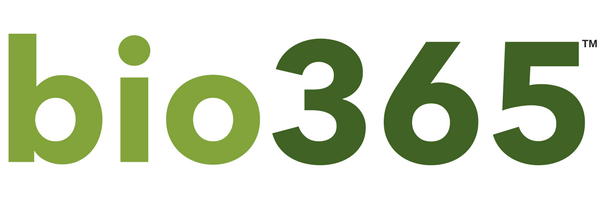How to Solve Coco Shortages Caused by COVID-19
/Where’s the coco? Blame COVID-19. Across the supply chain, the reason many cannabis cultivators can’t get coco – and when they do get it, the quality is awful and the price is steep – is due to the far-reaching impacts of the COVID-19 pandemic.
Let’s take a closer look at what’s causing coco shortages and how to solve the problems so you get a consistent supply of high quality coco without paying an excessive amount for it.
RELATED READING: Want to know what’s causing peat shortages and perlite shortages? Follow the preceding links to learn the problems and solutions.
Problem 1: Crop Shortages
About 90% of the coco that cannabis cultivators use comes from India or Sri Lanka where it’s grown seasonally. Harvesting is limited by necessity during the monsoon season. The bad news for cannabis cultivators has been that COVID-19 caused two bad coco crops.
In 2020, COVID-19 came in massive waves in India. The country didn’t get hit hard during the first harvest season, but there was a fear that the pandemic would get worse in the near future. The government enacted a variety of rules and coco production slowed down. As a result, the coco harvest in 2020 was down significantly.
Things got worse in 2021 when the Delta variant of COVID-19 appeared in India. The country was severely affected by the Delta wave, and there was a massive decrease in coco production in the spring of 2021.
Problem 2: U.S. Ports Backlogged
U.S. ports that accept shipments from overseas, including shipments of coco, have been experiencing delays since the COVID-19 pandemic began when safety protocols reduced the number of workers and many businesses shut down completely. The backlog began early in the pandemic and worsened every day.
During lockdowns, CNN reported that Americans began spending less on entertainment and travel and spending more on goods, which added to the backlog at U.S. ports and extended the wait for container ships to reach the docks to 10 days or more.
Problem 3: Worker Shortages Across the Supply Chain
In September 2020, there were warnings of a “system collapse” due to the shortage of supply chain workers. This includes workers on docks, on ships, on airplanes, and driving trucks. No part of the supply chain has been immune to the worker shortages of COVID-19.
For example, the trucking industry moves 71% of the U.S. economy’s goods, and the industry was already short 61,500 drivers before COVID-19 hit. In October 2020, the American Trucking Association announced that it was short 80,000 drivers on top of the pre-pandemic shortage. Delivery delays were inevitable.
Problem 4: Low Quality Coco
The coco that is making it to the U.S. is the lowest quality ever because suppliers are scraping the bottom of the barrel and sending coco that they wouldn’t have sent in the past. They have significantly reduced the quality standards, and many desperate soil companies are accepting that low quality coco.
The worst part is most cultivators don’t know they’re buying low quality coco that’s filled with rocks and sticks, doesn’t expand well in water, and causes significant problems for the cultivators who use it.
Most soil companies (including Scott’s Miracle Gro and its Hawthorne subsidiary brands) do not test their coco shipments against a set of quality specifications. If a vendor is approved, then it’s assumed that the coco being shipped is okay. Unfortunately, that’s not true today when the coco being shipped from most providers is a terrible quality.
Other purchasers and direct importers are doing the same thing. For example, most of the “brand-name” coco suppliers harvest and package their products in India, then dropship the packages overseas directly to cultivators. Sure, the packages are stamped with a brand name, but in truth, almost every coco brand has the same product inside their bags. And there is no quality control.
How to Solve Your Coco Shortage Problems
The solution to your coco shortage problems is to choose a soil provider that has taken steps to ensure you get a consistent supply of high quality coco at reasonable prices. For example, bio365 has taken many steps to do exactly that.
Here’s how we’re continuing to deliver high quality coco despite the ongoing pandemic and related shortage problems:
1. Stockpiling Coco Early and Aggressively
At bio365, we’ve already been stockpiling coco for two years. We allocated a significant amount of money to pre-order and stockpile coco, so we always have up to a six-month supply in our possession at our U.S. facilities.
2. Internally Testing EVERY Container to Quality Specs
All of the coco that bio365 receives has to meet specific standards for us to accept it. We test every container to the same set of specs. Today, we’re rejecting coco at a 4X higher rate than we’ve ever done before, and that’s what makes bio365 different from other companies. We test internally using our own exacting and exhaustive procedures, scientists, and equipment, which is something no other company is doing, to our knowledge.
3. Finding the Right Vendors
We further secured our supply chain by finding multiple vendors with large supplies of high quality coco. We pay top dollar – without passing all that cost on to cultivators – to ensure every vendor provides the same product that meets the same set of specifications and performance numbers so it’s de facto bioidentical.
You can be confident that you’re getting consistent, high quality coco when you buy from bio365. Contact our soil experts to solve your coco shortage problems and get better results from your crops.

